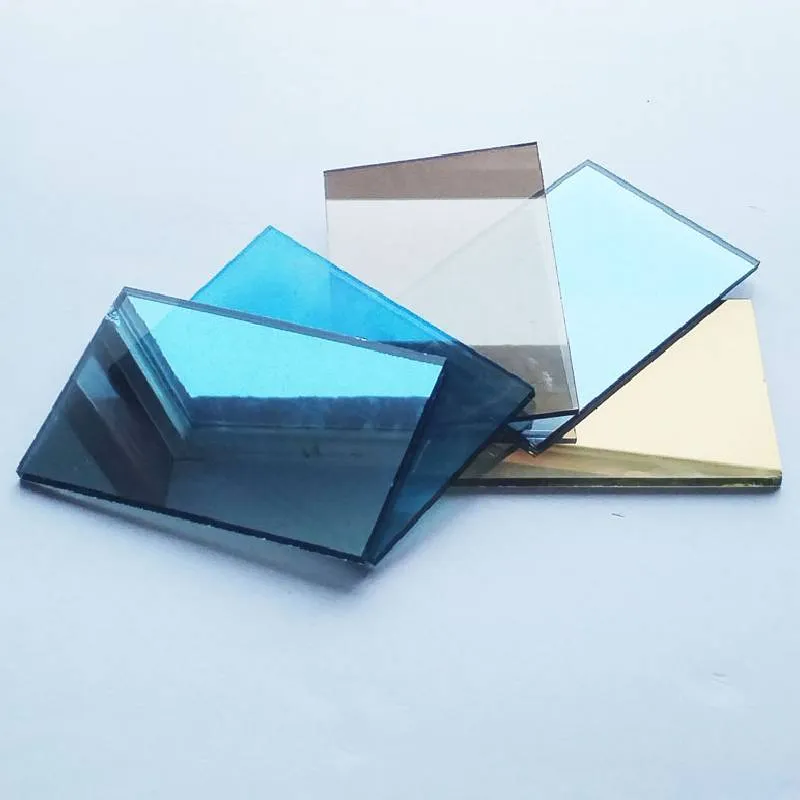What is Low Iron Glass?
Low iron glass is a type of glass that has been specifically formulated to minimize the iron content typically found in standard glass formulations. This reduction in iron content results in a product that boasts higher transparency, improved clarity, and reduced greenish tint often associated with conventional glass. Its unique properties make it an increasingly popular material in various applications, particularly in architecture and design.
Composition and Properties
The primary composition of standard glass includes silica (SiO2), soda (Na2O), and lime (CaO), along with other additives. However, standard glass typically contains iron oxide, which imparts a greenish hue. In contrast, low iron glass is produced using raw materials that contain significantly less iron content. As a result, this glass achieves a higher level of visible light transmission, exceeding 90% in many cases. This means that more natural light can enter a space, enhancing brightness and creating a more inviting atmosphere.
Another notable property of low iron glass is its increased clarity. This makes it an ideal choice for applications where visual aesthetics are paramount, such as in display cases, glass facades, and high-end architecture. The glass also offers excellent optical quality, ensuring that colors and details appear true to life without distortion.
Applications of Low Iron Glass
what is low iron glass
The applications of low iron glass are numerous and varied. One of the most prominent uses is in the construction and architectural industries. Since low iron glass allows more natural light to penetrate buildings, it is often employed in facades, skylights, and curtain walls. This not only enhances the beauty of a structure but also contributes to energy efficiency by reducing the need for artificial lighting during daylight hours.
In addition to architecture, low iron glass is widely used in the manufacturing of furniture and decorative items. It is a favored choice for tabletops, shelving, and display cases, where clarity and aesthetic appeal are crucial. Low iron glass is also employed in the manufacturing of photovoltaic panels for solar energy, where maximizing light transmission is essential for efficiency.
Environmental Considerations
The production of low iron glass, while enabling superior clarity and light transmission, also addresses environmental concerns. Many manufacturers are adopting more sustainable practices in the production of glass. For instance, using recycled materials and reducing waste during the manufacturing process contribute to a lower environmental impact. Furthermore, structures that utilize low iron glass can reduce energy consumption, indirectly benefiting the environment.
Summary
In summary, low iron glass is an advanced glass product characterized by its reduced iron content, which translates into higher light transmission and exceptional clarity compared to standard glass. Its applications span various industries, from architecture to furniture design, offering both aesthetic and functional advantages. As sustainability becomes an increasingly important focus in the manufacturing industry, the production of low iron glass often aligns with environmentally responsible practices. This innovative material is a testament to how advancements in glass technology can enhance our architectural landscapes and everyday products, paving the way for brighter, more energy-efficient environments. Whether utilized in a modern building facade or an elegant piece of furniture, low iron glass continues to rise in popularity, offering a blend of beauty and practicality that appeals to designers, architects, and consumers alike.
 Afrikaans
Afrikaans  Albanian
Albanian  Amharic
Amharic  Arabic
Arabic  Armenian
Armenian  Azerbaijani
Azerbaijani  Basque
Basque  Belarusian
Belarusian  Bengali
Bengali  Bosnian
Bosnian  Bulgarian
Bulgarian  Catalan
Catalan  Cebuano
Cebuano  Corsican
Corsican  Croatian
Croatian  Czech
Czech  Danish
Danish  Dutch
Dutch  English
English  Esperanto
Esperanto  Estonian
Estonian  Finnish
Finnish  French
French  Frisian
Frisian  Galician
Galician  Georgian
Georgian  German
German  Greek
Greek  Gujarati
Gujarati  Haitian Creole
Haitian Creole  hausa
hausa  hawaiian
hawaiian  Hebrew
Hebrew  Hindi
Hindi  Miao
Miao  Hungarian
Hungarian  Icelandic
Icelandic  igbo
igbo  Indonesian
Indonesian  irish
irish  Italian
Italian  Japanese
Japanese  Javanese
Javanese  Kannada
Kannada  kazakh
kazakh  Khmer
Khmer  Rwandese
Rwandese  Korean
Korean  Kurdish
Kurdish  Kyrgyz
Kyrgyz  Lao
Lao  Latin
Latin  Latvian
Latvian  Lithuanian
Lithuanian  Luxembourgish
Luxembourgish  Macedonian
Macedonian  Malgashi
Malgashi  Malay
Malay  Malayalam
Malayalam  Maltese
Maltese  Maori
Maori  Marathi
Marathi  Mongolian
Mongolian  Myanmar
Myanmar  Nepali
Nepali  Norwegian
Norwegian  Norwegian
Norwegian  Occitan
Occitan  Pashto
Pashto  Persian
Persian  Polish
Polish  Portuguese
Portuguese  Punjabi
Punjabi  Romanian
Romanian  Russian
Russian  Samoan
Samoan  Scottish Gaelic
Scottish Gaelic  Serbian
Serbian  Sesotho
Sesotho  Shona
Shona  Sindhi
Sindhi  Sinhala
Sinhala  Slovak
Slovak  Slovenian
Slovenian  Somali
Somali  Spanish
Spanish  Sundanese
Sundanese  Swahili
Swahili  Swedish
Swedish  Tagalog
Tagalog  Tajik
Tajik  Tamil
Tamil  Tatar
Tatar  Telugu
Telugu  Thai
Thai  Turkish
Turkish  Turkmen
Turkmen  Ukrainian
Ukrainian  Urdu
Urdu  Uighur
Uighur  Uzbek
Uzbek  Vietnamese
Vietnamese  Welsh
Welsh  Bantu
Bantu  Yiddish
Yiddish  Yoruba
Yoruba  Zulu
Zulu 

